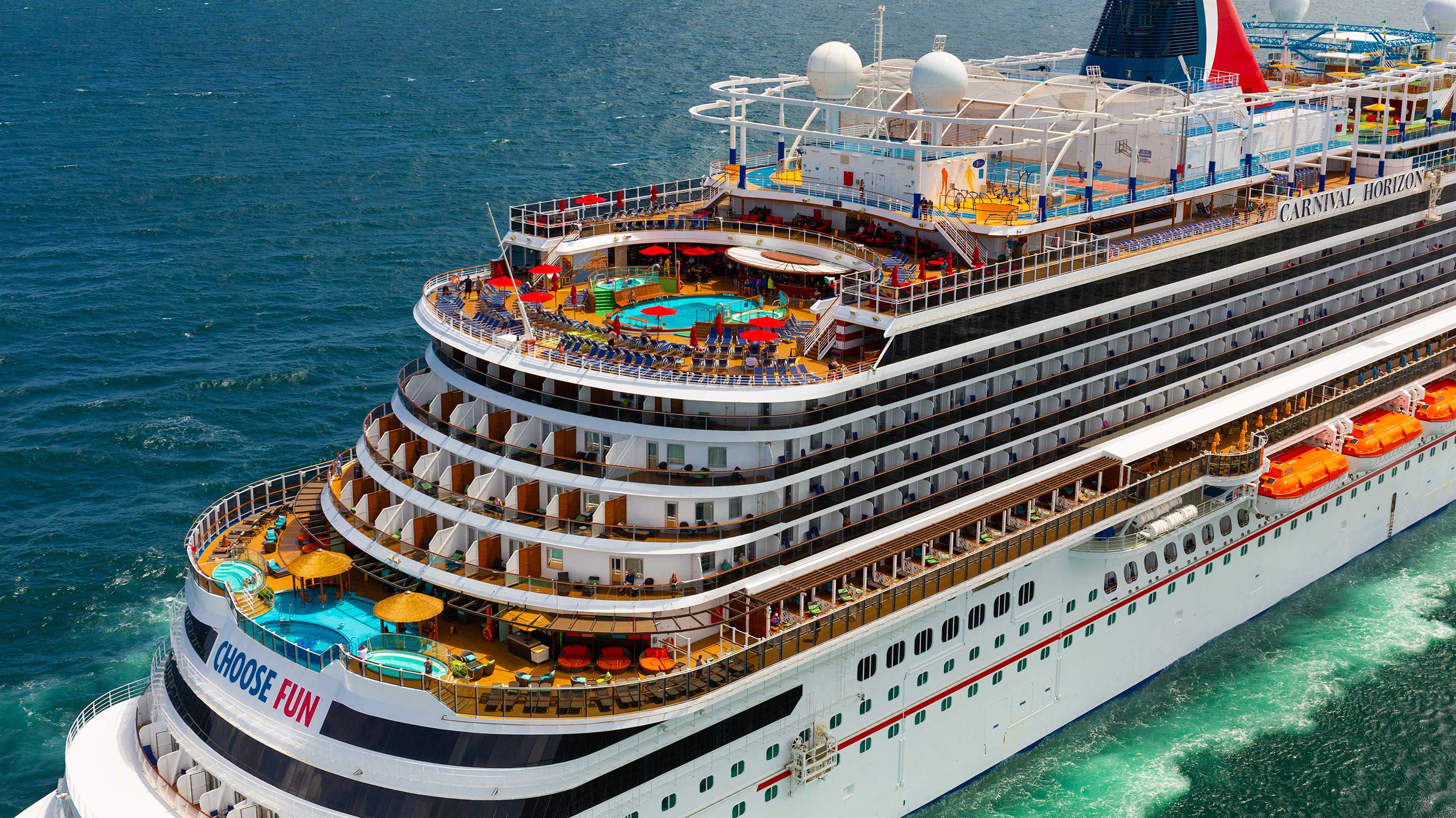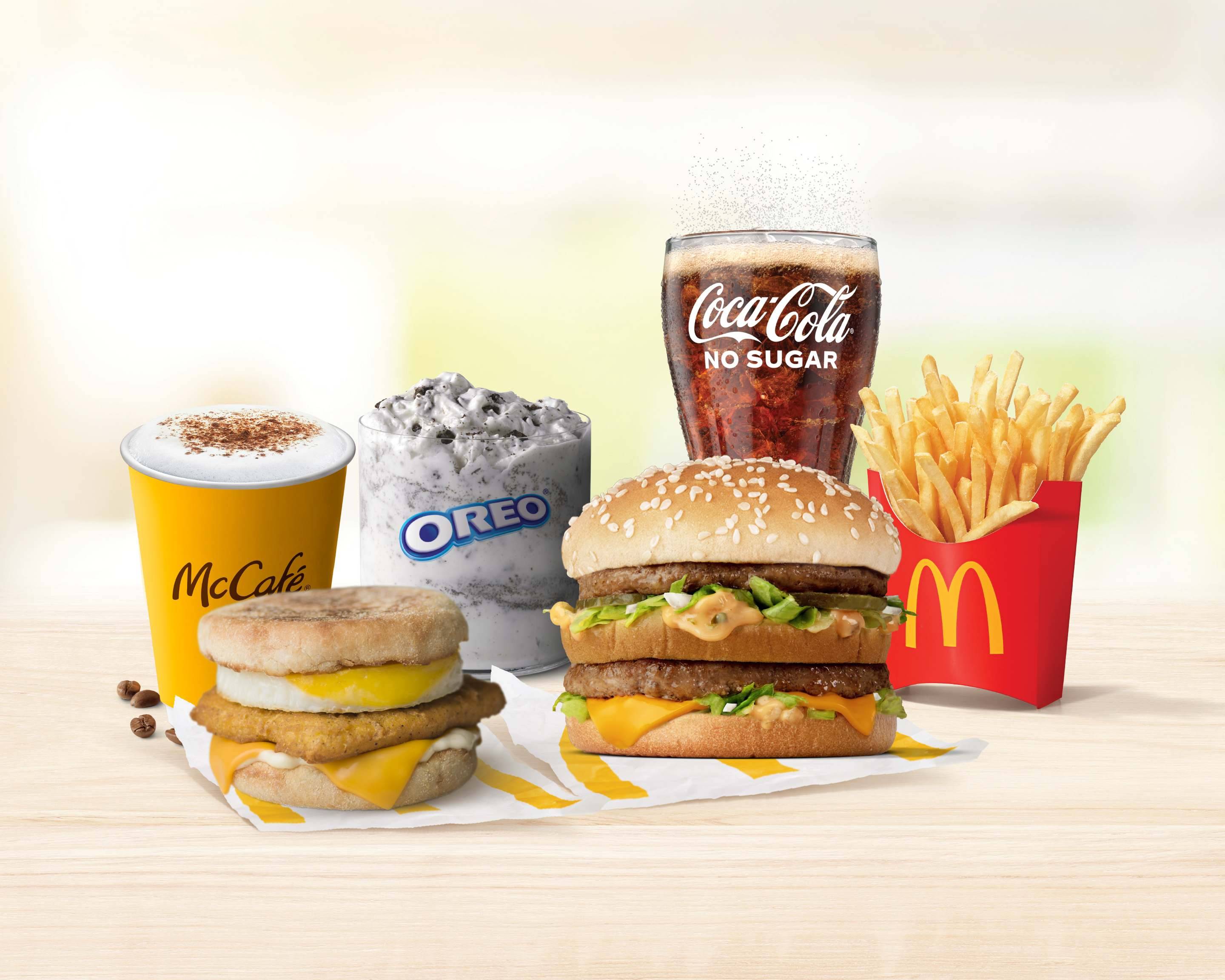
McDonald’s Corporation stands as an undisputed titan in the global fast-food industry, a name synonymous with quick service and ubiquitous presence. Originating from humble beginnings in San Bernardino, California, in 1940, it rapidly evolved from a simple hamburger stand into an international phenomenon. Its initial success was meticulously built upon a foundational principle: offering unparalleled speed, affordability, and volume. However, as market dynamics have shifted and consumer expectations have broadened, this iconic chain has faced the formidable challenge of retaining its competitive ‘value edge’—a challenge it is now strategically working to reclaim.
At its core, McDonald’s pioneered a revolutionary approach to fast food. The McDonald brothers, Richard and Maurice, driven by a goal to make $1 million before turning 50, introduced the “Speedee Service System” in 1948. This innovative system dramatically streamlined operations, eliminating carhops, silverware, and plates in favor of paper wrappings and cups, thereby removing the need for dishwashers. Their menu was pared down to just nine essential items, including hamburgers, cheeseburgers, a few soft drink flavors, milk, coffee, potato chips, and pie. Richard McDonald succinctly captured this ethos, stating, “Our whole concept was based on speed, lower prices, and volume.
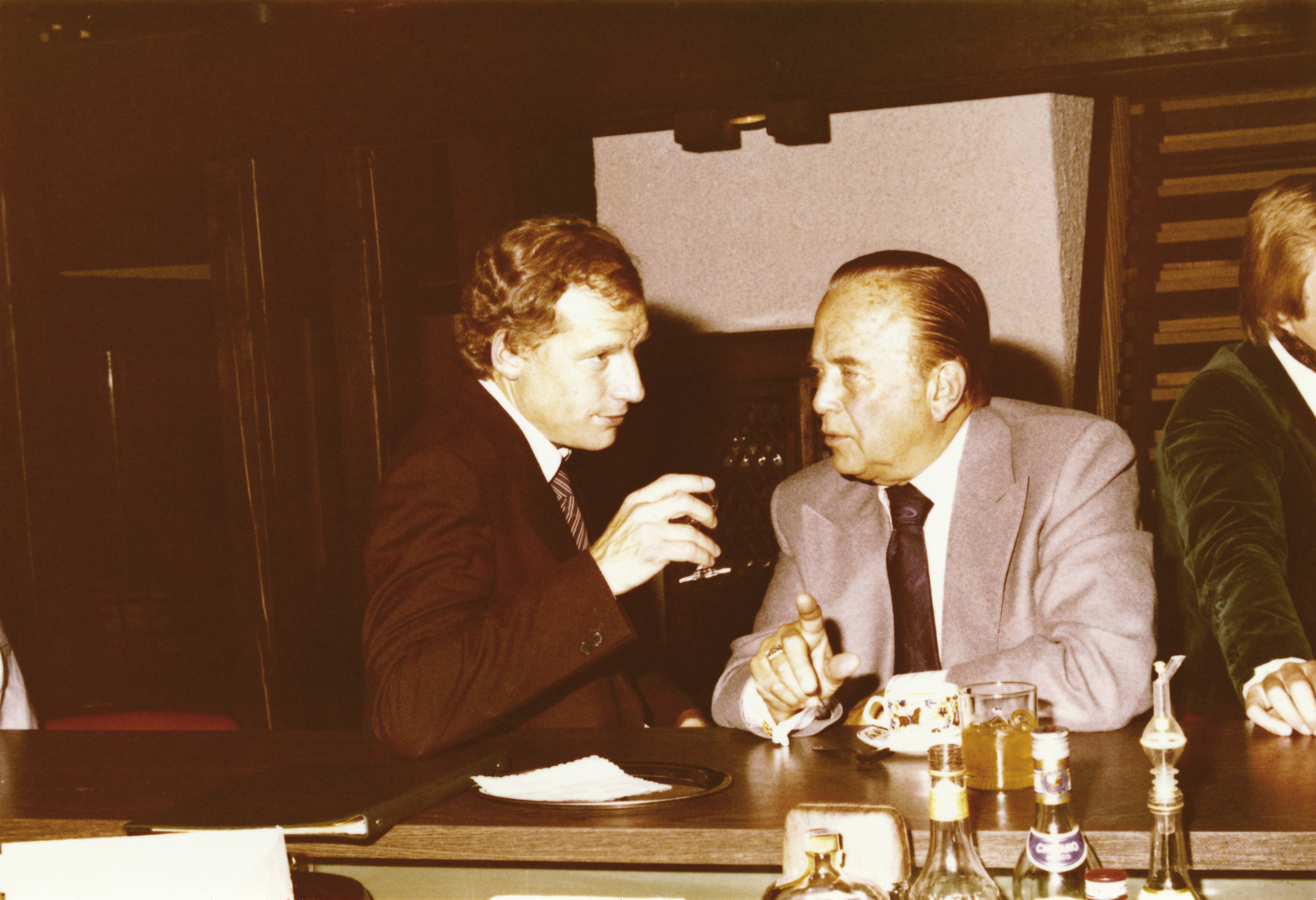
This robust model caught the attention of Ray Kroc, who joined the company as a franchise agent in 1955 and ultimately purchased the brothers’ equity in 1961 for $2.7 million. Kroc’s aggressive business acumen propelled McDonald’s onto the global stage, solidifying its reputation for efficiency and widespread accessibility. The company’s expansion into numerous international markets cemented its status as a symbol of globalization and the American way of life, with its Golden Arches becoming one of the most recognized logos worldwide after its introduction in 1953.
Yet, the very definition of ‘value’ began to evolve beyond simple price and speed. As the new millennium dawned, McDonald’s embarked on strategic shifts that, while aimed at modernization, inadvertently diluted its traditional value proposition. In 2006, the company introduced its “Forever Young” brand, redesigning restaurants into more “cafe-esque” spaces, featuring terracotta, grey, olive tones, and wood furniture. A franchise owner described the new look as, “It’s personable. It’s friendly. It’s inviting,” suggesting a move toward a more premium, sit-down experience rather than purely budget-friendly quick service.

The most direct evidence of this strategic pivot away from its core value emerged in 2021, when “the company cut value meals and cheaper items from its menu as part of a focus on higher-priced items.” This decision, while potentially boosting average transaction values, ran counter to the very “lower prices” principle that defined its origin. The market response suggested a misalignment; McDonald’s reported its first monthly sales fall in nine years in October 2012, followed by its first quarterly sales decline in seventeen years in 2014. These financial indicators highlighted a critical need to re-evaluate its market positioning, leading to the closure of 184 restaurants in the United States in 2015, marking the first net decrease in U.S. locations since 1970.
Further demonstrating its exploratory, yet sometimes misdirected, efforts to find new value streams were ventures like Hearth Express in 1994, a prototype specializing in homestyle takeout meals that closed after just one year. More recently, the company announced in July 2023 it was testing a new fast-food brand called CosMc’s, opening the first location in Bolingbrook, Illinois, in December 2023. CosMc’s had a smaller real-estate footprint and concentrated on selling coffee and other drinks to afternoon customers. However, by May 2025, McDonald’s announced that all CosMc’s locations would be shuttered by the end of June, indicating that this particular diversification did not yield the desired value for the corporation, though some beverage flavors would be tested in other U.S. McDonald’s locations.
In response to these challenges and an evolving consumer landscape, McDonald’s initiated a series of strategic realignments aimed at broadening its value appeal. Under CEO Steve Easterbrook in 2015, the company streamlined its U.S. menu, which had ballooned to nearly 200 items. This effort included introducing healthier options, such as removing high-fructose corn syrup from hamburger buns and artificial preservatives from Chicken McNuggets. By September 2018, McDonald’s USA had removed artificial preservatives, flavors, and colors from seven classic burgers, though pickles continued to be made with an artificial preservative.
The company also tapped into growing consumer demand for plant-based options, announcing McPlant in November 2020, a plant-based burger developed after successful testing of Beyond Meat substitutes. Its success led to the addition of the Double McPlant in the United Kingdom and Ireland in January 2022, and vegan ice cream testing in the UK in 2024, receiving positive reviews. These initiatives showcased a commitment to evolving its menu to reflect modern dietary preferences, thereby adding a new dimension to its value proposition beyond traditional fast food.
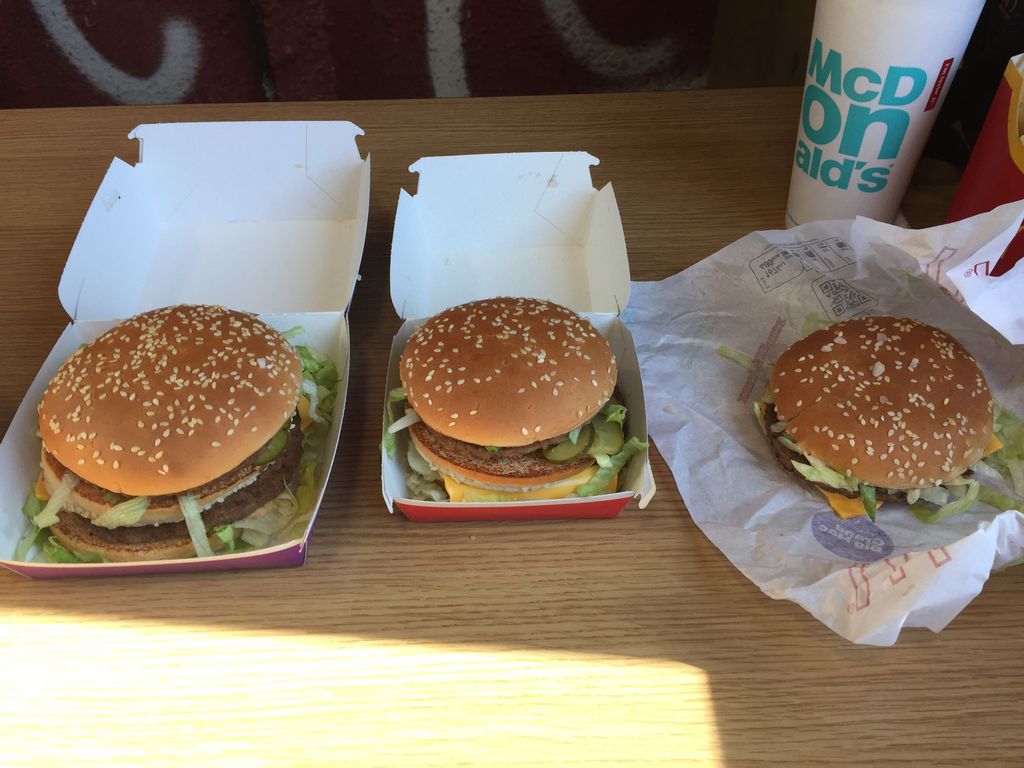
McDonald’s further demonstrated its adaptive strategy through extensive international menu variations. In Asia, restaurants serve soup, and in India, a partnership with the Central Food Technological Research Institute led to the introduction of millet-based buns in September 2024, providing additional calcium, iron, protein, and complex carbs. France’s “McDo” offers macaroons, Croque McDos, croissants, pain au chocolat, and beer, while Germany and other Western European countries also sell beer. In Greece, the Big Mac is customized with Tzatziki sauce and served in a pita. These localized offerings underscore McDonald’s commitment to delivering value through cultural relevance and tailored experiences.
Simultaneously, technology has become a pivotal component in McDonald’s strategy to enhance efficiency and perceived value. The drive-through, accounting for 70 percent of sales in the United States, has been a major focus since its introduction in Sierra Vista, Arizona, in 1975. The company has also experimented with “Walk-Thru” services in high-density urban areas. Internally, since the late 1990s, McDonald’s has explored replacing human employees with electronic kiosks, testing “E-Clerks” in 1999 and introducing “Create Your Taste” electronic kiosks internationally by 2016. In 2017, a U.S. app allowed customers to skip lines for online orders, and in 2019, McDonald’s acquired Apprente, an AI-based startup, to implement voice-based technology in its U.S. drive-throughs.
The pursuit of operational efficiency culminated in early 2023 with the opening of McDonald’s first largely automated restaurant in Fort Worth, Texas. This location minimized human contact in the ordering process and featured no seating, signaling a future where speed and streamlined service could further define value. The McCafé concept, originating in Melbourne, Australia, in 1993, also expanded globally, offering a cafe-style accompaniment to traditional McDonald’s restaurants. Though some bakery items were discontinued in 2023, McCafé continues to broaden the brand’s appeal by diversifying its offerings and catering to a wider array of customer needs.
Despite these advancements, the journey to reclaim the value edge has been multifaceted, often intertwined with confronting long-standing criticisms. McDonald’s has faced scrutiny regarding the nutritional content of its food, famously highlighted by Morgan Spurlock’s 2004 documentary “Super Size Me.” In response, the company eliminated the “Super Size” option and introduced the “adult Happy Meal,” alongside efforts to transition to trans-fat-free cooking oil for French fries by 2008 and canola-based oil for baked goods by 2018. These changes reflect an attempt to align “value” with health-consciousness.

Worker welfare has also been a persistent point of contention. The company has been criticized for low wages and alleged “wage theft,” with some workers claiming they were advised to treat burn injuries with condiments due to a lack of first aid supplies. In the UK, a significant portion of the workforce was on zero-hour contracts, leading to labor strikes in 2017, after which employees were offered the option of fixed contracts. These criticisms, while not directly tied to product pricing, impact the brand’s overall perception of value, particularly concerning its ethical responsibilities.
Geopolitical events and brand management have also played a role in the perceived value of McDonald’s. The company suspended operations in its corporate-owned stores in Crimea after Russia annexed the region in 2014, and notably closed and sold its 850 locations in Russia in March 2022 due to the invasion of Ukraine. This move, which resulted in the rebranding of the Russian stores to “Vkusno i tochka,” highlighted the complexities of maintaining global operations and brand integrity amidst international conflicts. Similarly, during the Gaza war, McDonald’s branches in Muslim countries faced boycotts after its Israeli branches provided free meals to the Israel Defense Forces. In response, McDonald’s bought all 225 Israeli franchise-owned restaurants in 2024 to regain control and distance itself from the controversial actions of its local franchisee, a crucial step in protecting its global brand value.
Crucially, McDonald’s has made a clear, direct move to reassert its traditional value proposition. In 2024, the company introduced “The McValue Meal,” a four-item deal priced at $5, explicitly designed to be a “budget friendly meal.” This strategic reintroduction signals a renewed commitment to its founding principle of affordability, aiming to bring back price-sensitive customers who may have felt alienated by the previous focus on higher-priced items. This move represents a tangible effort to re-establish the core value that initially propelled the brand to global dominance.
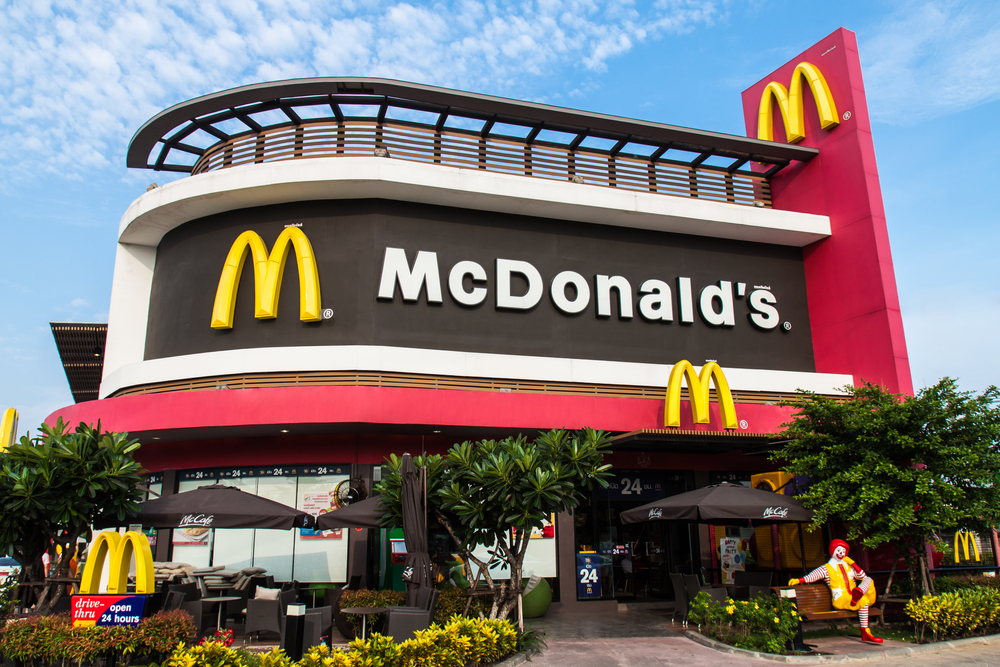
Furthermore, animal welfare concerns have driven changes in the supply chain. McDonald’s, as a major purchaser of eggs (approximately 4 percent of U.S. production), has pledged to switch to cage-free eggs, anticipating a significant impact on the egg industry. This commitment, and meeting its 2017 pledge to stop using eggs from battery cage facilities in Australia by 2018, demonstrates a responsiveness to consumer ethics that adds a new dimension to the brand’s perceived value. Despite blockades by activist groups like Animal Rising in 2021 citing “suffering of animals” in its supply chain, the company continues to address these concerns.
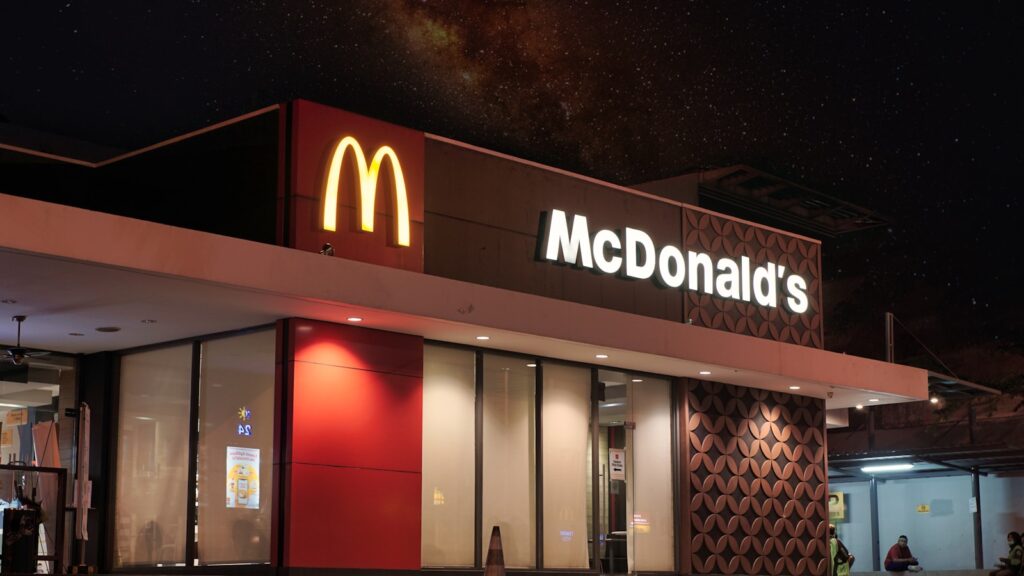
McDonald’s remains a formidable force, navigating a dynamic market that continuously redefines consumer expectations of value. From its pioneering “Speedee Service System” built on “speed, lower prices, and volume,” the company embarked on a complex journey of modernization and diversification. While some initiatives, such as the shift towards “higher-priced items” and ventures like CosMc’s, proved to be detours from its original value path, the brand’s resilience shines through its adaptive strategies. The reintroduction of the “McValue Meal” in 2024, coupled with continuous technological innovation and a nuanced approach to global customization, underscores McDonald’s resolute determination to reclaim its foundational appeal. The ongoing balancing act between affordability, ethical considerations, and evolving tastes will undoubtedly shape its future, as this iconic corporation strives to not only offer competitive prices but also imbue its offerings with convenience, ethical sourcing, and relevant experiences to truly sustain its competitive ‘value edge’ in an ever-evolving consumer landscape.



